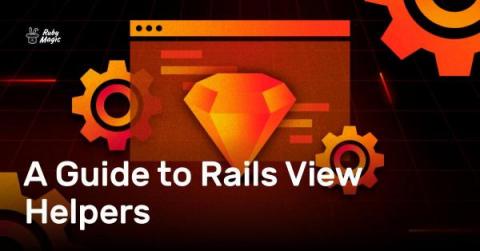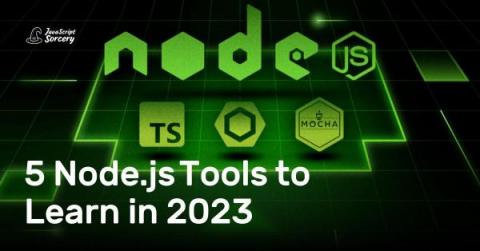An Introduction to Test Factories and Fixtures for Elixir
Writing tests is an essential part of any Elixir developer's routine. We're constantly chasing knowledge on how to write better tests, improving their speed and readability. In this three-part series, we'll explore test data generation in Elixir. Whether you are a mid-level or senior-level Elixir developer, this series will provide valuable insights to help improve the testing process for your projects.








